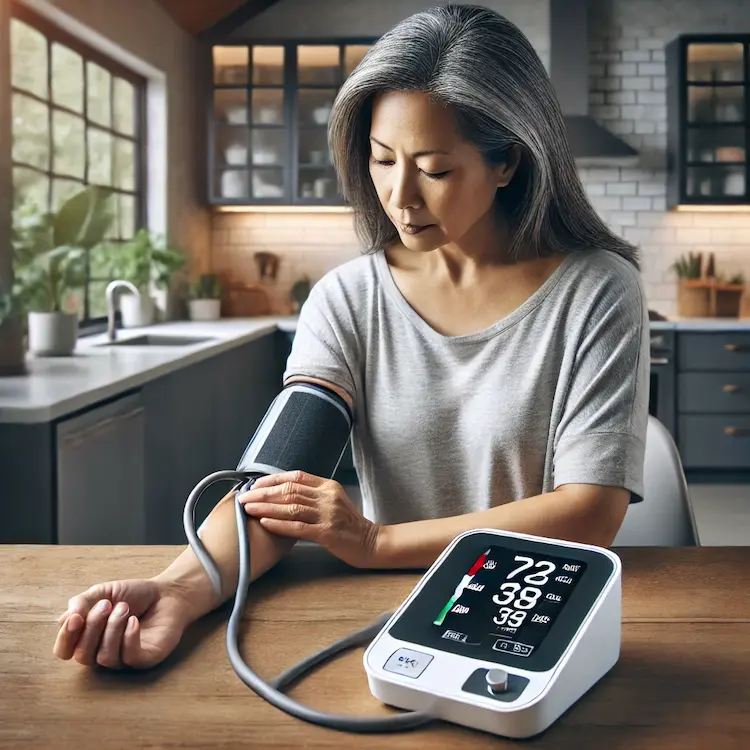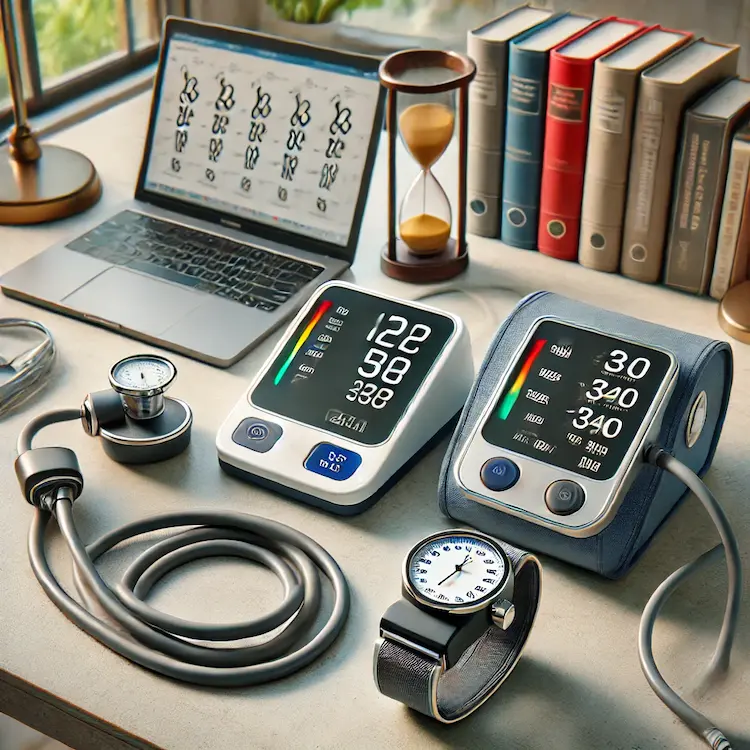Monitoring blood pressure at home is crucial for managing hypertension and preventing cardiovascular diseases. Various types of home blood pressure monitors are available, each utilizing different measurement techniques. Understanding these types—oscillometric, mercury, aneroid, and others—can help individuals choose the most suitable device for accurate readings.
These digital devices are user-friendly and widely used for home monitoring. They measure blood pressure by detecting oscillations in the arterial wall as the cuff deflates. Features often include automatic inflation, digital displays, and memory storage. However, their accuracy can be affected by factors such as body movement and irregular heart rhythms.
Considered the gold standard for blood pressure measurement, mercury sphygmomanometers use a column of mercury to measure pressure. They require manual inflation and a stethoscope to auscultate arterial sounds. While highly accurate, their use has declined due to environmental concerns over mercury and the need for proper training to ensure accurate readings.
These devices use a mechanical gauge with a needle to display blood pressure readings. They are portable and do not contain mercury, making them safer for the environment. However, they require regular calibration and proper technique to maintain accuracy. Users must be trained to use a stethoscope for auscultation when measuring blood pressure with aneroid monitors.
Compact and convenient, these devices measure blood pressure at the wrist or finger. However, they are generally less accurate than upper arm monitors and are sensitive to body position and movement. Health organizations typically do not recommend them for home monitoring due to their potential for inaccurate readings.

Accurate home blood pressure monitoring is vital for early detection and management of hypertension. In the Philippines, hypertension prevalence has been increasing, with studies showing rates rising from 22% in the 1990s to 37% in 2021.
Regular monitoring allows individuals to track their blood pressure trends, assess the effectiveness of treatments, and make informed lifestyle changes.
Uncontrolled hypertension can lead to severe health complications, including heart disease, stroke, and kidney failure. In the Philippines, the rising prevalence of hypertension poses a significant public health challenge, potentially increasing healthcare costs and impacting workforce productivity. Promoting the use of accurate home blood pressure monitors can aid in early detection and management, thereby reducing the burden on the healthcare system.
| Monitor Type | Accuracy | Ease of Use | Portability | Cost |
|---|---|---|---|---|
| Oscillometric Monitors | Moderate | High | High | Medium |
| Mercury Sphygmomanometers | High | Low | Low | High |
| Aneroid Monitors | High | Moderate | High | Medium |
| Wrist and Finger Monitors | Low | High | Very High | Low |
Each monitoring method has its advantages and limitations. Oscillometric monitors offer ease of use and portability but may be less accurate in certain conditions. Mercury sphygmomanometers provide high accuracy but require training and are less portable. Aneroid monitors are accurate and portable but need regular calibration. Wrist and finger monitors are convenient but generally less reliable.

Choosing a Monitor: Select a device that has been validated for accuracy. The American Heart Association recommends automatic, cuff-style, upper arm monitors over wrist or finger monitors.
Selecting the appropriate home blood pressure monitor and using it correctly is essential for effective hypertension management. Given the rising prevalence of hypertension in the Philippines, individuals are encouraged to engage in regular monitoring to detect and manage high blood pressure early.